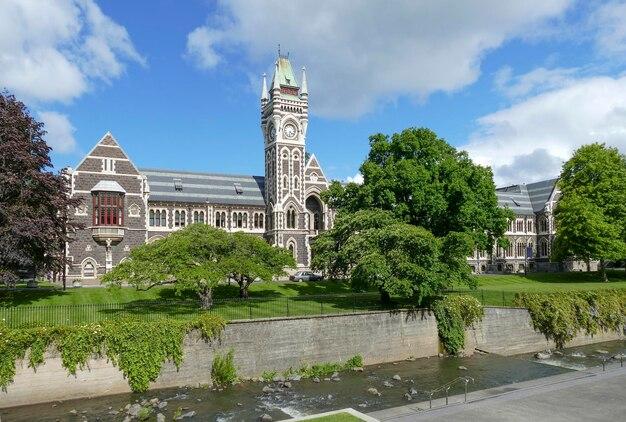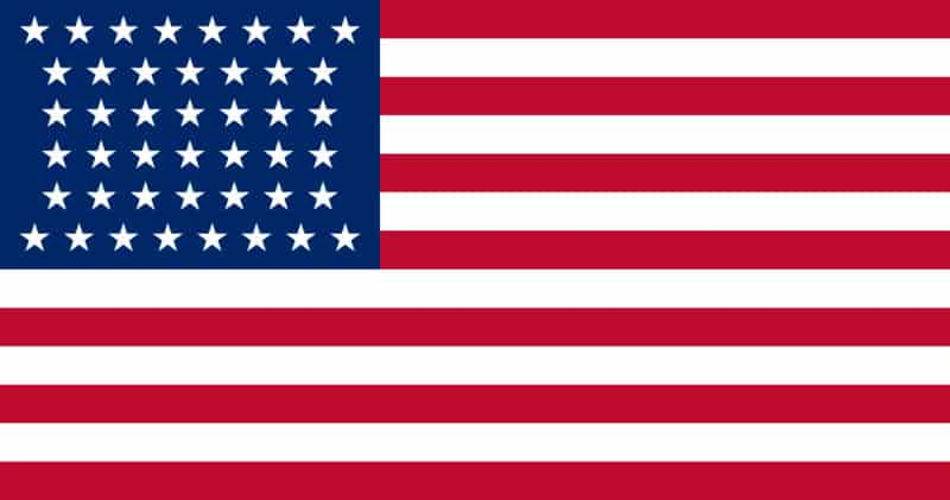MBBS in Bangladesh for Indian students is becoming one of the most practical and budget-friendly pathways to pursue medical education abroad while staying close to home geographically, culturally, and academically. Over the last decade, Bangladesh has emerged as a preferred destination, especially for students who want quality medical training with an Indian-style curriculum and strong clinical exposure, but without paying the high cost associated with Indian private medical colleges. With a high FMGE/NExT success rate, English-medium instruction, NMC-approved universities, and a familiar lifestyle, Bangladesh offers a balanced mix of quality and affordability that suits the goals of many Indian medical aspirants.
Why Bangladesh Is Becoming the First Choice for Many Indian Students
One of the biggest reasons Indian students consider Bangladesh for MBBS is the similarity in medical education structure compared to India. The MBBS curriculum, textbooks, exam pattern, disease patterns, and clinical approach are closely aligned with what Indian medical colleges follow. Students use the same standard books including authors like Harper, Guyton, Cunningham, BD Chaurasia, and K.D. Tripathi — which means Indian students do not face study adjustment challenges. This similarity makes it easier to prepare for licensing exams like NExT in India, USMLE in the USA, or PLAB in the UK. Bangladesh also follows a hands-on training model where students interact with patients early in their course, giving them strong diagnostic and clinical skills.
Affordable Fees Compared to Indian Private Colleges
Cost is one of the strongest reasons why students prefer Bangladesh. While private medical colleges in India can cost anywhere between ₹75 lakh to more than ₹1.5 crore, completing an MBBS in Bangladesh usually costs between ₹30 lakh to ₹45 lakh, including tuition, hostel fees, and other living expenses. Since the colleges are government-regulated and follow fixed fee structures, there are no hidden or surprise charges. This makes MBBS in Bangladesh a financially viable option for middle-class families who want a recognized medical degree without excessive burden.
Strong FMGE/NExT Pass Rate and Practical Teaching
Bangladesh has consistently shown one of the highest FMGE passing percentages among South Asian countries offering MBBS programs to Indian students. This success rate indicates that students studying in Bangladesh are taught in a manner aligned with Indian medical licensing frameworks. Clinical exposure starts from the third year, and students participate in case presentations, OPD rounds, ward postings, and patient interactions. Government medical colleges in Bangladesh treat a large number of patients daily, giving students real-world learning opportunities.
NMC-Approved Universities and Global Recognition
All major medical universities in Bangladesh offering MBBS programs to foreign students are recognized by:
-
National Medical Commission (India)
-
World Directory of Medical Schools (WDOMS)
-
FAIMER
-
WHO
Graduates are eligible to appear for NExT/FMGE in India, USMLE (USA), PLAB (UK), AMC (Australia) and other licensing exams worldwide, making the degree globally relevant.
Language, Culture, Food, and Safety Benefits
For Indian students, especially girls, comfort and safety are major factors. Bangladesh offers a culturally similar, safe, and welcoming environment. The language barrier is minimal because English is used as the medium of instruction, and daily communication becomes easy due to similarities between Hindi and Bengali. Indian food is easily available in hostels and local restaurants, making lifestyle adaptation easy. The disciplined educational environment and safe campus culture make Bangladesh particularly popular among parents seeking a secure destination for their children.
Admission Requirements and Eligibility
To secure admission, Indian students must qualify NEET as per NMC rules. The minimum required marks in PCB in Class 12 vary between 60% to 70% depending on the university. The admission process is straightforward: once eligibility is verified, students receive an admission offer, submit documentation, and proceed with visa formalities.
Well-Structured Curriculum and Hands-On Training
Bangladesh follows a five-year MBBS program followed by a one-year mandatory internship. During the five years, students study subjects such as Anatomy, Physiology, Biochemistry, Pharmacology, Pathology, Microbiology, Community Medicine, Surgery, Gynecology, Pediatrics, ENT, and Ophthalmology. During the internship, students actively treat patients under supervision, gaining valuable experience.
Close Proximity to India
Travel convenience is another advantage. Cities like Dhaka, Sylhet, Rajshahi, and Chittagong are well connected to India through direct flights. Families can visit students easily, and students can travel home during festivals or academic breaks without major expense or long flight hours.
A Balanced Choice for Future Doctors
For many students, Bangladesh offers the right mix: affordability, academic familiarity, safety, cultural comfort, strong clinical exposure, and career opportunities. The supportive learning environment and disciplined academic system build confidence and help students prepare for their medical careers ahead.
Conclusion
Choosing to study MBBS abroad is a major decision — one that shapes a student's career, identity, and opportunities. Bangladesh stands out because it provides an Indian-like medical education system, strong FMGE performance, structured clinical exposure, and an affordable financial investment. For Indian families seeking a genuine and practical pathway to become doctors, without compromising education quality or safety, Bangladesh remains one of the most promising and reliable MBBS destinations.


